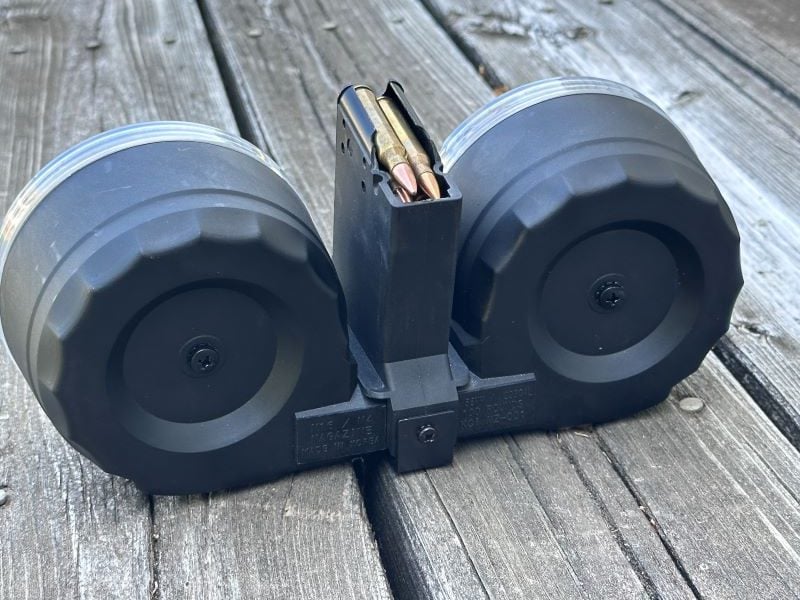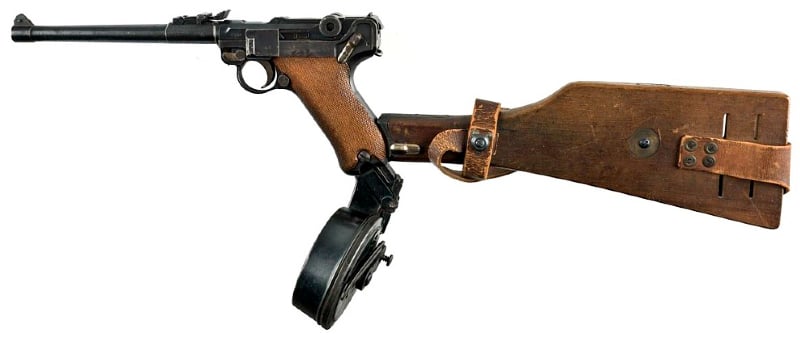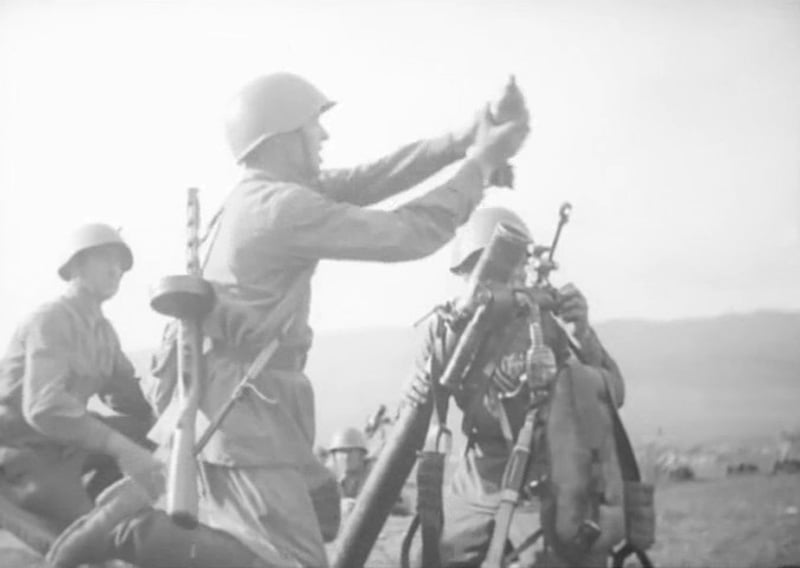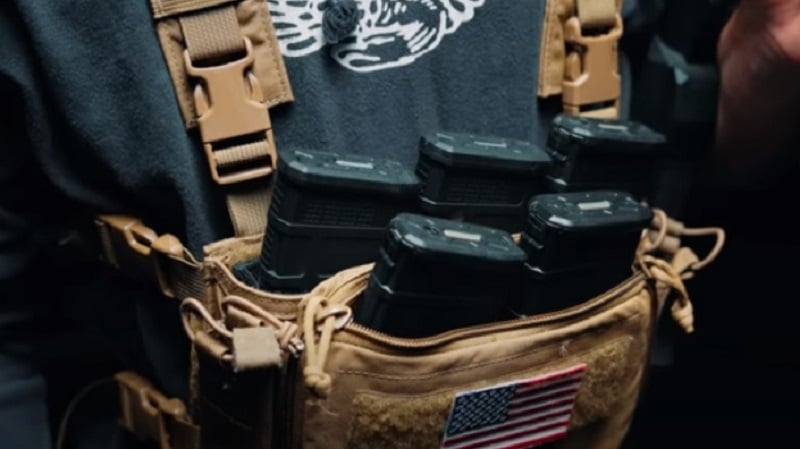The firefights of the Second World War were studied heavily after the effect and American tacticians came to the conclusion that the side that threw the most lead downrange was more likely to win. This fact should be as obvious as water being wet, as our want for more firepower did not start or end there. But does throwing more firepower downrange equate to having more rounds on the individual soldier? Jeremy Stone poses this question as a statement in a modern context. If more firepower is key, why doesn’t the US Armed Forces use drum mags in their small arms?
Although drum magazines hold more ammunition than standard box magazines, Jeremy points to cost, reliability, as well as weapon and pouch compatibility as compelling reasons why box magazines are the go-to solution.
What is a drum magazine?
A drum magazine has a box magazine body that mates with the magazine well of an existing firearm. Instead of being a uniform shape that conforms to the dimensions of the magazine well throughout, a drum magazine flares out to the circular shape of a drum.
The drum is cylindrical and allows you to stack more rounds under the grip. Some drum magazines have a dual drum design, where two drums are mounted on either side of the magazine body, with magazine springs and followers feeding the magazine. Some drum magazines have compressible springs that can be ratcheted down to allow easy loading, while others need to be loaded against constant spring pressure with or without the use of a loading tool.

History and Use
The first drum magazine to see widespread use was the Trommel magazine designed for the German P08 Luger in 1916. Instead of carrying a full-length rifle that would get in the way of their day-to-day operations, German artillerymen were given long-barreled Artillery Luger pistols. These 9mm pistols have eight-inch barrels, a tangent rear sight, and were carried in a wooden holster that doubled as a shoulder stock. This snail drum magazine holds 32 rounds of 9mm. Its magazine spring has to be wound up and a special tool employed for loading, but with a few of these handy, the soldier had much greater firepower than with standard eight-round Luger magazines. The Trommel was criticized for its heft, but it proved a popular concept as it was adapted for use in the German MP18 submachine gun at the end of the war.

Their Soviet enemies also used drum mags. The iconic PPSH 41 submachine gun used a 71-round drum magazine as well. But it was not particularly reliable. By 1943, the drum magazine was ditched in favor of a 35-round stick magazine. Likewise, the M1928 Thompson 50-round drum magazines were found wanting in American service. As the Thompson was simplified for war production, the drum magazines were ditched in favor of 20-30 round box magazines.

The Drawbacks of Drum Magazines
As history has shown, the primary drawback to the drum magazine is reliability in field conditions. On the square range and in other controlled conditions drum magazines are fun, if not downright useful. But getting drum magazines that work is a hit-or-miss affair.
It is easier to engineer a magazine spring and follower to move in a linear direction than it is to force it to move cylindrically and then linearly. This makes drum magazines tougher to load and the magazine spring is more wear-prone and vulnerable to stopping short from damage to the magazine body. Some drum magazines have to be wound and unwound to properly load. All of this equates to a magazine design that is not private proof.

There are also potential issues involving mission compatibility. Drum magazines are heavy to carry and weigh down the rifle when inserted. This is fine in a few scenarios, but the battlefield is defined by movement, and drum magazines are more awkward to use. Even if the reliability of drum magazines is nailed down, employing them in firearms can cause other unforeseen problems. A drum magazine allows you to fire the rifle for prolonged periods it is not designed to handle. The possibilities of such problems as barrel overheating and cookoffs of the ammunition grow with those fewer reloads.
Where Drum Mags Fit
Although military use of drum mags is mostly a thing of the past, that does not mean you should dismiss them. We civilians do not have a use-it-or-lose-it budget. Likewise, the lack of 12-mile ruck marches and the need to outfit numbers of people are less likely to play out in ordinary life. For most of us, drum magazines are fun range toys that we will seldom need to hump or worry about vetting for reliability. But there are some legitimate benefits to the drum magazine that make it particularly useful.
Jeremy finds drum magazines useful in static hunting scenarios, like hog hunting. In this case, there can be many moving unpredictable targets and the hunter is sitting in waiting. It can also be a great tool in a static defensive plan. In this context, drum mags help the odds and the stakes. Your odds of needing a lot of ammo or needing to shoot and move in a dynamic environment are fairly low. The odds of hunkering down and waiting for help, particularly in a home defense scenario, are more likely and less risky. The extra weight and bulk of the drum magazine is inconsequential, but having that magazine with extra rounds lowers the stakes should you run closer to dry. While it is trendy to follow military and law enforcement fads in the gun world, having a few reliable drum mags is a smart plan in some situations — and they are a lot more fun on the range.

